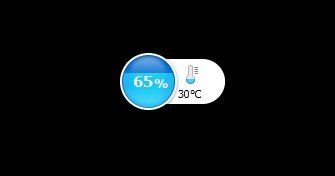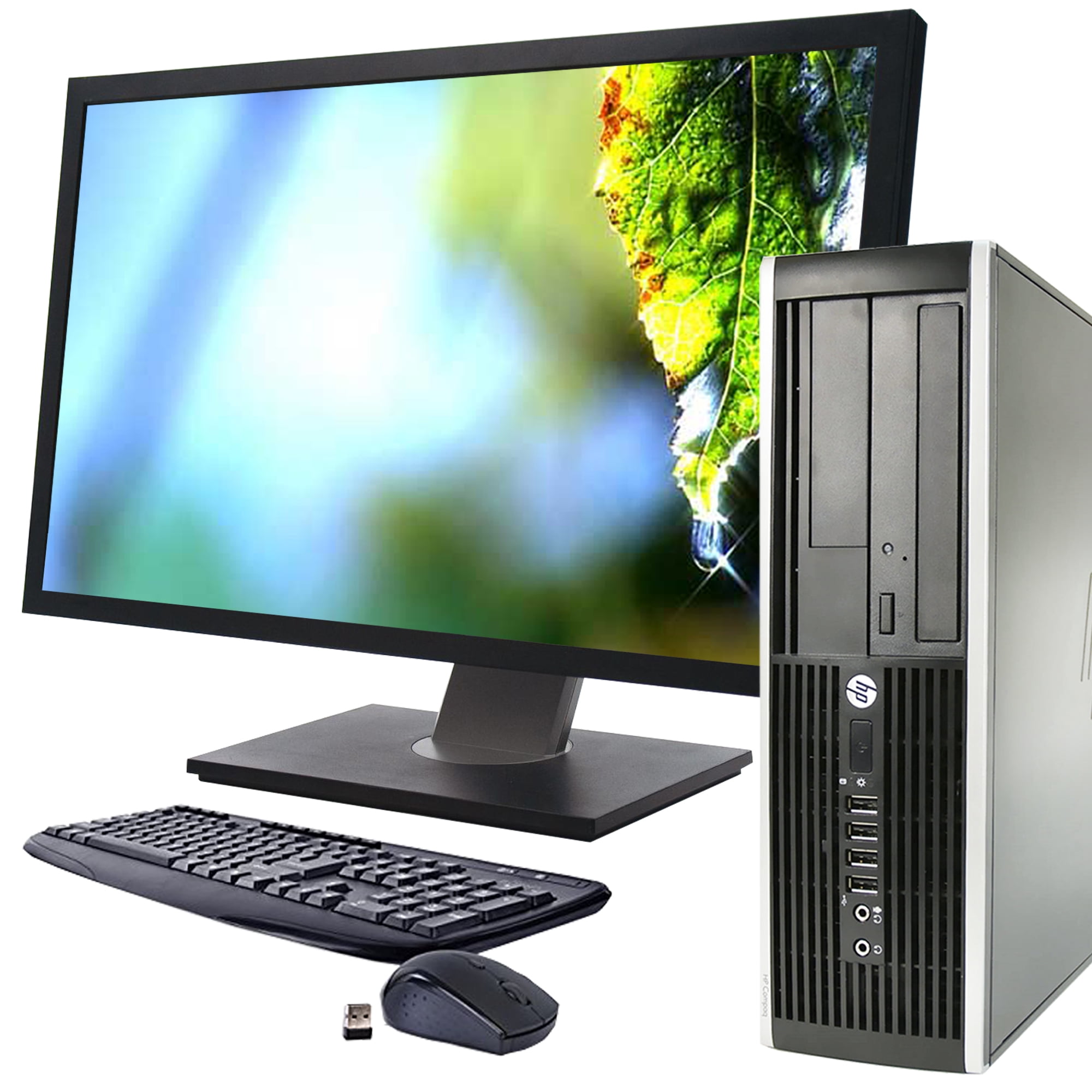
- #Windows 10 system monitor on desktop how to#
- #Windows 10 system monitor on desktop install#
- #Windows 10 system monitor on desktop update#
- #Windows 10 system monitor on desktop windows 10#
#Windows 10 system monitor on desktop windows 10#
is relatively simple in Windows 10 and Windows 11. Some PC resource monitoring apps also offer details about network connections.


PC resource monitoring software collects information on system temperature or CPU usage.
#Windows 10 system monitor on desktop how to#
And the “Memory” widget will reveal more details about the memory usage. If your system has more than one display adapter, also called a graphics card, you can try switching your system’s default display adapter. System monitor tools for Windows 10 and 11 fully diagnose your OS's performance. Opening Task Manager On Windows 10, you can use Task Manager for an array of tasks, including to view real-time data on your computers performance, but first, you need to know how to open. Use the Ctrl + Shift + Esc keyboard shortcut.
#Windows 10 system monitor on desktop update#
Open Start, do a search for Task Manager and click the result. High-DPI Scaling Improvements for Desktop Applications in the Windows 10 Creators Update (1703) Peter Felts In the previous blog post about High-dots-per-inch (DPI) scaling improvements, we talk about how desktop applications can be blurry or sized incorrectly when run on high-DPI displays. If you have multiple network adapters or graphics cards, you will notice an option to switch views to each component. Right-click the Taskbar and click on Task Manager. For example, the “CPU” widget allows you to end the top three processes. If you choose the large option, you will be able to view more details and have more functions about a particular component. You can also use the menu (three-dots) button in the widgets to change the size to small, medium, or large. If you want to remove a widget, click the three-dots button and choose the “Unpin widget” option. Performance Monitor is a popular, free software only available for Windows, that belongs to the category Software utilities with subcategory Analysis &. Quick tip: You can click the Widgets button in the Taskbar or use the “Windows key + W” keyboard shortcut.Ĭlick the Add (+) widgets button in the top-right corner.Ĭhoose the widgets to add, including “CPU,” “GPU,” “Memory,” and “Network.”Īfter you complete the steps, the widgets will appear in the left column. To add CPU, GPU, and RAM widgets on Windows 11, use these steps: Once you complete the steps, you can continue adding the widgets on Windows. Open Dev Home page in the Microsoft Store.
#Windows 10 system monitor on desktop install#
To install the Dev Home app, use these steps: 1.) If you want to show different content on each display, select Extend these displays and click Apply: 2.) The Display Settings is now showing a thumbnail for each connected display. If you want to add the widgets to view system resources, you have to install the Dev Home app, which is available for the stable version of Windows 11 and preview builds. Add CPU, GPU, RAM, NIC widgets on Windows 11 This guide will teach you the steps to add widgets to monitor system resources on Windows 11. Initially, the app includes four widgets to monitor system resources and additional seven widgets specific to GitHub, and more are planned for future updates. Under the 'Multiple displays' section, use the drop-down menu to. They are part of the new “Dev Home” experience, an app designed for developers to improve the way they set up, test, and build applications, and anyone can install it. Under the 'Select and rearrange displays' section, select the monitor that you want to adjust. However, you don’t need to download these widgets individually to monitor system resources on your computer. On Windows 11, the Widgets board now supports widgets to monitor CPU, GPU, and RAM usage on your computer, and in this guide, you will learn the steps to add them.


 0 kommentar(er)
0 kommentar(er)
